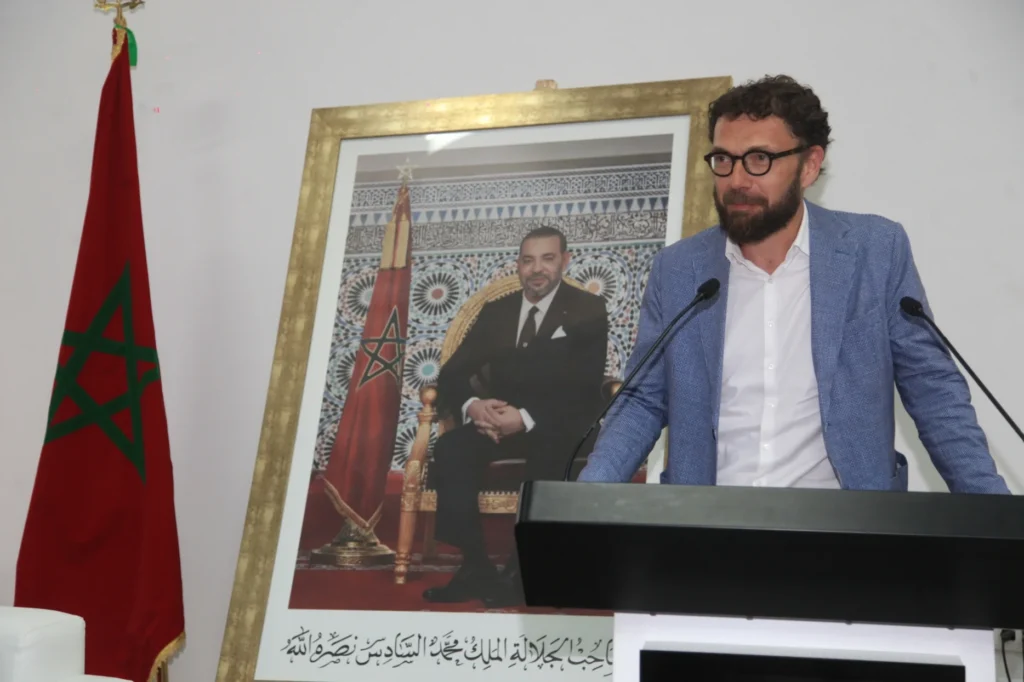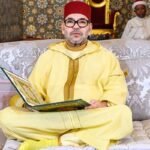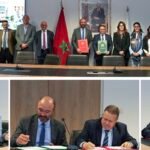Doha – The economy of Morocco is expected to grow by 3.6% in 2025, compared to 3.2% in 2024, as the latest economic update in the World Bank, entitled “Prioritization of reforms to increase the business environment”.
The report specified that despite the drought conditions that affect agricultural production in 2024, it has not increased to 3.8%for agriculture, which is due to the revival of the industrial sector and the recovery of gross capital formation.
Inflation has dropped below 1%, so that the Bank al-Maghrib makes money policy easier.
“Morocco’s economic prospects remains Robust, characterized by controlled inflation, a strong external position, a steady path to fiscal consolidation and a stable relationship between debts to GDP, ”said Ahmadou Moustapha Ndiaye, director of Maghreb and Malta on the World Bank.
The agricultural sector is expected to be improved in 2025, whereby agricultural GDP is expected to expand by 4.5%.
The non -agricultural growth is expected to be 3.5% due to basic effects, since sectors that showed strong growth in 2024 continue to be robust, but with a minor rate than in the previous year.
According to Javier Diaz Cassou, a high -ranking economist at the World Bank in Morocco, the recent precipitation has contributed to more favorable conditions for the agricultural sector.
Read too: Fitch solutions: Despite the agricultural headwind, the Moroccan economy is growing by 5% in 2025
The country’s external position remains stable, with a moderate current account deficit supported by increasing the foreign direct investment inflows.
The debt ratio continues its gradual decline and is expected to set between 67% and 68% over the projection period. The budget deficit follows a trend of progressive reduction in the pre-pandemic level.
The labor market is constantly presenting challenges. While urban areas created around 162,000 jobs in 2024, employment growth did not keep up with demographic changes.
In the past ten years, the population of working age has increased by more than 10%, while employment only increased by 1.5%. This gap is based on the ongoing post -pandemical shock effects, delayed reform effects and low women participation On the job market.
The global BorrowerThe analysis shows that Morocco exceeds similar income countries in regulatory framework and public services, but faces existing efficiency challenges.
The Bretton Woods Institution recommends that the country concern high costs and obstacles to the formal attitude, improves transparency in dispute resolution, expands digital processes and concludes the legal framework for insolvency cases.
The latest inflation pressure has affected, which led to less trust indicators.
However, Diaz Cassou states that “the inflation should remain controlled despite certain trends that were observed during the Ramadan, a period in which price pressure is traditionally observed”.
The current account deficit is expected to be expanded slightly, while it remains particularly below the historical average values, which reflects the recovery of domestic demand in the Moroccan economy.
The high -ranking economist was the public sector as a central force that formulated the economic path Morocco, and found that the growing role seamlessly complies with the ambitions of the new development model.





